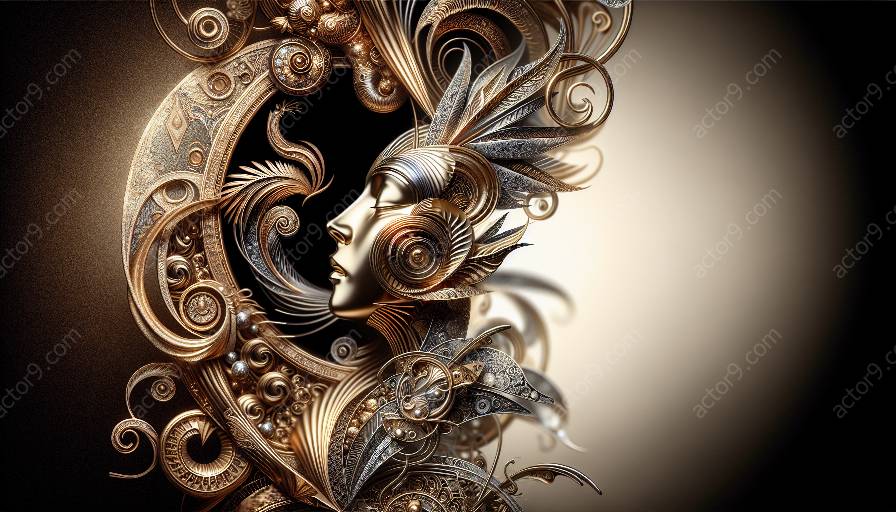Voice acting is a form of performance art that relies heavily on the actor's ability to convey emotions, characters, and narrative solely through their voice. However, integrating physicality and movement into voice acting can greatly enhance the authenticity and depth of a performance. One way to achieve this is through the incorporation of dance techniques and principles into the practice of voice acting.
Understanding the Connection Between Dance and Voice Acting
Dance is a powerful medium that allows performers to express themselves physically, using their bodies to communicate emotion, rhythm, and narrative. Similarly, voice acting involves the art of using one's voice to convey a wide range of emotions, characters, and stories. By marrying the physicality of dance with the vocal expressiveness of voice acting, actors can create more dynamic and engaging performances.
Benefits of Incorporating Dance into Voice Acting
1. Enhanced Physical Awareness: Dance requires a heightened sense of physical awareness, encouraging actors to tap into their bodies and movements. This awareness can be directly applied to voice acting, allowing actors to embody characters more fully through their physicality.
2. Improved Breath Control and Energy: Dance often emphasizes breath control and stamina, which are equally essential for voice actors. Integrating dance techniques can help voice actors maintain consistency and energy in their performances, particularly during long recording sessions.
3. Expanded Range of Expression: Movement and dance can inspire voice actors to explore new ways of expressing emotions and character traits. By incorporating dance, voice actors can unlock a broader spectrum of physical expression that complements their vocal performances.
Techniques for Integrating Dance and Voice Acting
1. Body Warm-Ups and Stretches: Prior to voice acting sessions, incorporating dance-inspired warm-up routines can help actors limber up, relax their bodies, and prepare them for the physical demands of acting with their voices.
2. Character Movement Studies: Studying different dance styles and movement techniques can aid voice actors in developing physical aspects of specific characters. By embodying the movements associated with a character, voice actors can infuse their performances with a more authentic physical presence.
3. Rhythmic Coordination Exercises: Dance often involves precise coordination and timing. Voice actors can benefit from exercises that improve their rhythmic coordination, allowing them to synchronize their vocal deliveries with specific movements or choreography.
Real-World Examples of Dance-Influenced Voice Acting
Several successful voice actors have openly embraced the influence of dance on their performances. By incorporating dance techniques and physicality into their work, these actors have elevated the depth and impact of their voice acting.
Conclusion
Incorporating dance into voice acting offers voice actors a unique approach to enhancing their physicality, expression, and overall performance. By recognizing the parallels between the two art forms and integrating relevant techniques, voice actors can expand their artistic range and deliver more compelling and evocative performances.




























